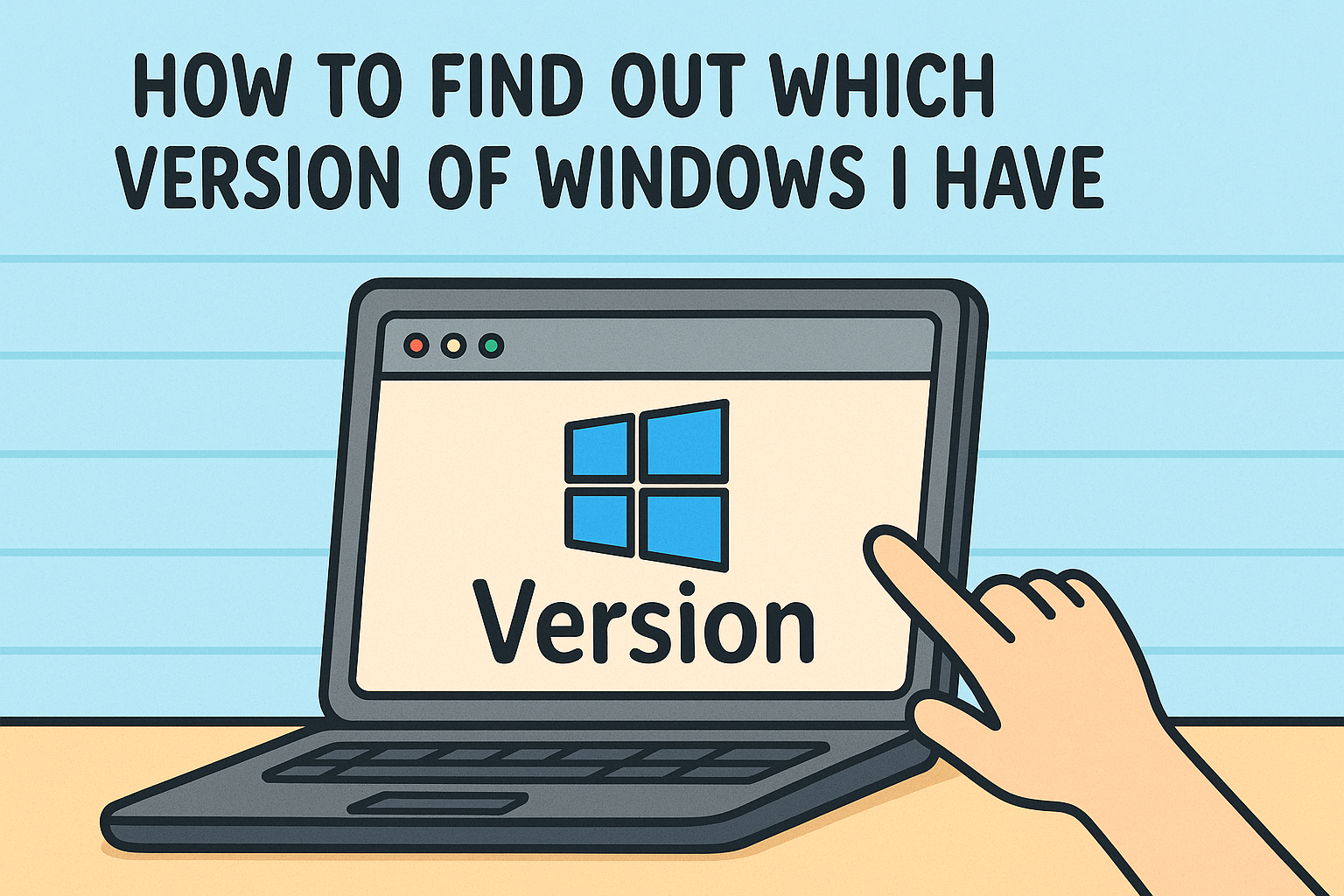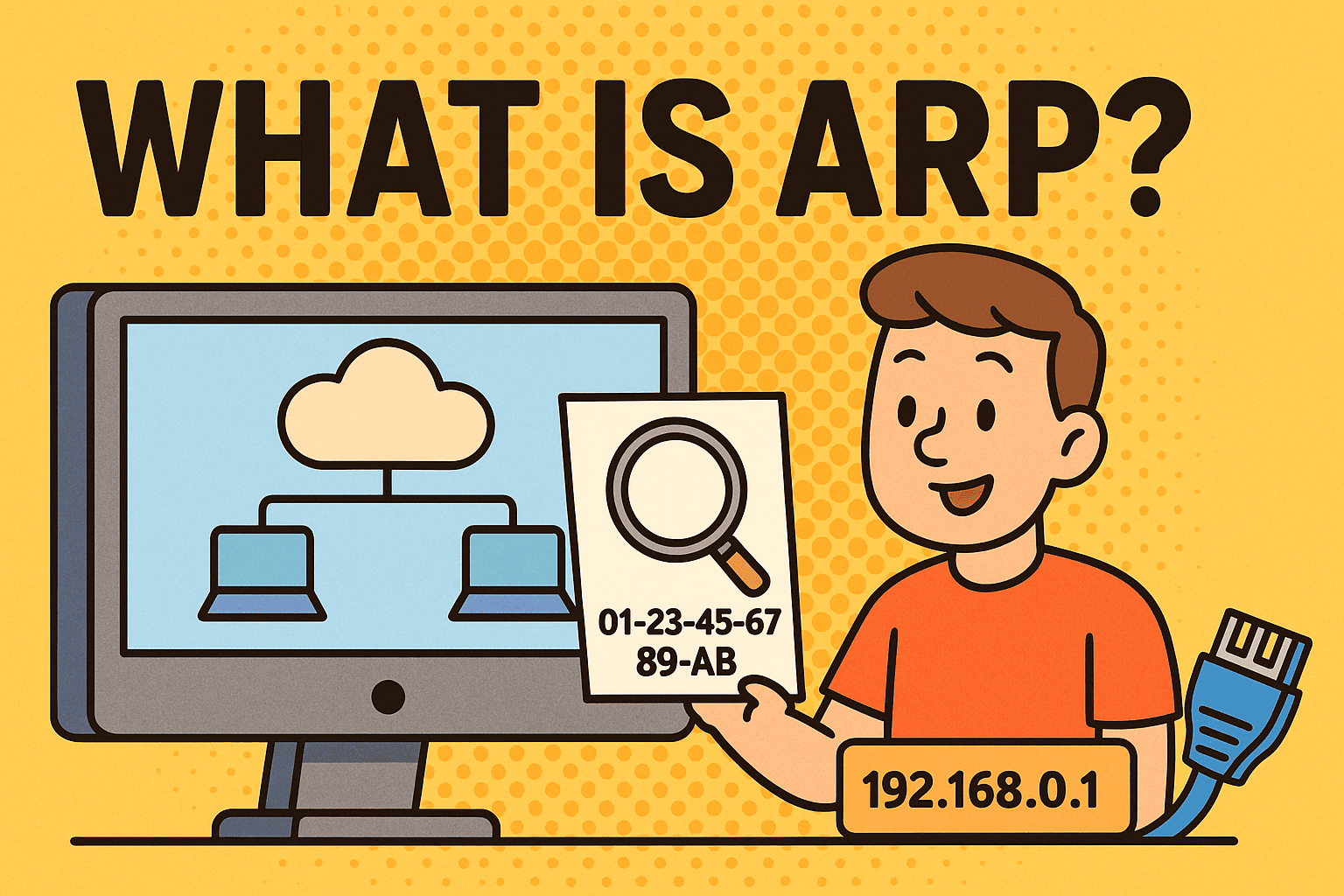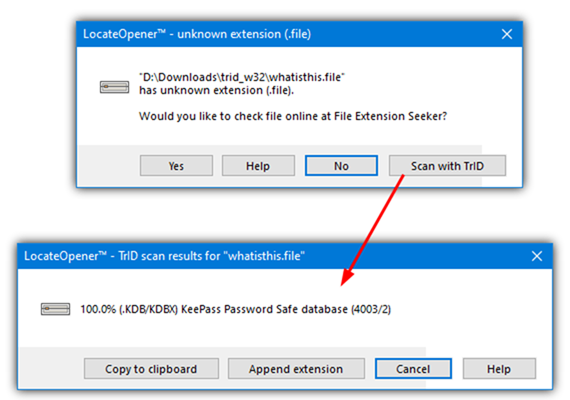How to Find Out Which Version of Windows I Have
Updated on July 4, 2025, by Xcitium

Have you ever asked yourself, “how to find out which version of Windows I have?” Whether you’re troubleshooting, installing new software, or ensuring system compatibility, knowing your Windows version is crucial. From IT managers maintaining corporate infrastructure to cybersecurity analysts performing audits, this small detail plays a big role.
In this guide, we’ll walk you through multiple ways to check your Windows version—including GUI options and command-line tools. Whether you’re running Windows 10, 11, or earlier, we’ve got you covered.
Why Knowing Your Windows Version Matters
Understanding your operating system’s version is more than just tech trivia. Here’s why it’s important:
- Security compliance: Knowing your OS version helps determine if you’re vulnerable to specific threats.
- Software compatibility: Not all apps support older or newer Windows versions.
- Troubleshooting: Many guides and fixes depend on your exact Windows build.
- Architecture awareness: You may need to check if you have 32-bit or 64-bit Windows for proper driver or app installation.
Method 1: Using Windows Settings (Graphical User Interface)
Best for: Non-technical users and quick access.
- Click the Start Menu and choose Settings (gear icon).
- Go to System > About.
- Under “Windows specifications,” you’ll see:
- Edition (e.g., Windows 10 Pro)
- Version (e.g., 22H2)
- OS build (e.g., 19045.3208)
- System type: 64-bit or 32-bit
✅ This method works for both Windows 10 and Windows 11.
Method 2: Using the “winver” Command
Best for: Quick snapshot via a simple command.
- Press Windows + R to open the Run dialog.
- Type winver and hit Enter.
You’ll see a pop-up displaying:
- Windows version and build
- License information
📌 This is one of the fastest ways to find out which version of Windows you have using GUI.
Method 3: Using the Command Prompt (CMD)
Best for: Power users and scripting.
To check Windows version using CMD, follow these steps:
- Open Command Prompt (cmd) as administrator.
- Type:
bash
CopyEdit
systeminfo | findstr /B /C:”OS Name” /C:”OS Version”
This will return:
- OS Name: e.g., Microsoft Windows 10 Pro
- OS Version: e.g., 10.0.19045 N/A Build 19045
💡 Use this for scripting or remote sessions in enterprise environments.
Method 4: Using PowerShell (Advanced Option)
PowerShell provides a more programmable approach:
powershell
CopyEdit
Get-ComputerInfo | Select-Object WindowsProductName, WindowsVersion, OsHardwareAbstractionLayer
This command shows detailed system info in an easily readable format.
Method 5: BIOS and System Information Tool
If you’re trying to identify the Windows version from BIOS, or for audit logging:
- Press Windows + R, type msinfo32, and hit Enter.
- Under “System Summary,” look for:
- OS Name
- Version
- System Type
How to Check Windows is 32-bit or 64-bit
To check whether your version is 32-bit or 64-bit:
- Go to Settings > System > About
- Look for “System type”
- It will say 64-bit operating system or 32-bit operating system
✅ Knowing this is critical when downloading apps, drivers, or configuring security tools.
Summary Table: Methods to Find Windows Version
| Method | Access Method | Details Provided |
| Settings App | GUI | Edition, Version, System type |
| winver | Run (Windows + R) | Build and License |
| CMD (systeminfo) | Terminal | Full OS info |
| PowerShell | Terminal | Product & OS info |
| System Info (msinfo32) | GUI | System hardware + OS |
Related: Why It Matters for Cybersecurity
As an IT manager or cybersecurity professional, you need to:
- Track OS versions across endpoints
- Verify if unsupported versions like Windows 7 are still in use
- Know OS details when applying patches or security policies
⚠️ Outdated Windows versions are common attack vectors for ransomware and phishing exploits.
Actionable Tips for Businesses
- Automate version audits using PowerShell across your network.
- Implement group policies to block unsupported versions.
- Use endpoint detection tools to monitor and alert OS status.
- Train employees on how to find their Windows version for remote troubleshooting.
Common Mistakes to Avoid
- ❌ Ignoring build numbers: Important for patch compatibility
- ❌ Assuming all devices run the same version
- ❌ Not distinguishing between 32-bit and 64-bit installations
- ❌ Overlooking GUI alternatives when working with non-technical users
Call to Action
Knowing how to find your Windows version is just the first step in securing your environment.
👉 Take your cybersecurity posture to the next level. Request a demo of Xcitium’s enterprise-grade protection solutions today!
FAQs
1. How can I find out which version of Windows I have using CMD?
Use the command:
bash
CopyEdit
systeminfo | findstr /B /C:”OS Name” /C:”OS Version”
2. Can I check if my Windows is 64-bit?
Yes. Go to Settings > System > About and check under System type.
3. Is there a shortcut to see Windows version quickly?
Yes. Press Windows + R, type winver, and hit Enter.
4. What does Windows build number mean?
It indicates specific updates. For example, build 19045 refers to a patched Windows 10 release.
5. Can I use PowerShell to get Windows version info?
Yes. Use:
powershell
CopyEdit
Get-ComputerInfo | Select-Object WindowsProductName, WindowsVersion
















